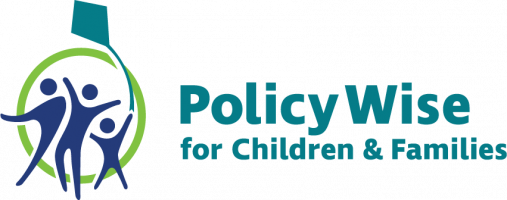A Collection of Data Bytes
Post-secondary students lived in higher socio-economic status neighbourhoods than non-students
Mental health conditions increased with age for females 12 to 24 years old but remained relatively constant for males
Youth receiving maltreatment-related intervention services were more likely to have all types of mental health conditions than youth not receiving intervention services
Number of visits to physicians did not vary by region of residence
Young income support clients had different patterns of health service use from those not receiving income support
The least advantaged Albertan youth were strongly over-represented in Government of Alberta services
Hospital services received varied with educational achievement
Youth charged with offences were more likely to have a mental health condition than youth not charged
Emergency rooms and hospitals were used most often by those living in the lowest socio-economic status neighbourhoods
Youth receiving maltreatment-related intervention services were more likely to receive other government services than youth not receiving intervention services
Emergency room visits were more common among youth living in the lowest socio-economic status neighbourhoods than among youth in the highest status neighbourhoods
Post-secondary students receiving maltreatment-related intervention services were rarely enrolled in degree-granting programs
The least advantaged Albertan youth were far more likely to be involved in the corrections system than the most advantaged Albertan youth
Pregnancy-related hospitalizations were more common among youth living in the lowest socio-economic status neighbourhoods than among those in the highest status neighbourhoods
Youth with mental health conditions were less likely to meet or exceed expectations in school than youth without mental health conditions
Youth charged with offences performed more poorly in school than youth not charged
The least advantaged Albertan youth were far more likely to receive maltreatment-related services than the most advantaged Albertan youth
Youth involved in corrections were much more likely to have a mental health condition than youth not involved
Emergency room visits were less common among youth exceeding educational expectations than among youth meeting or below expectations
The least advantaged Albertan youth had high rates of hospitalization

